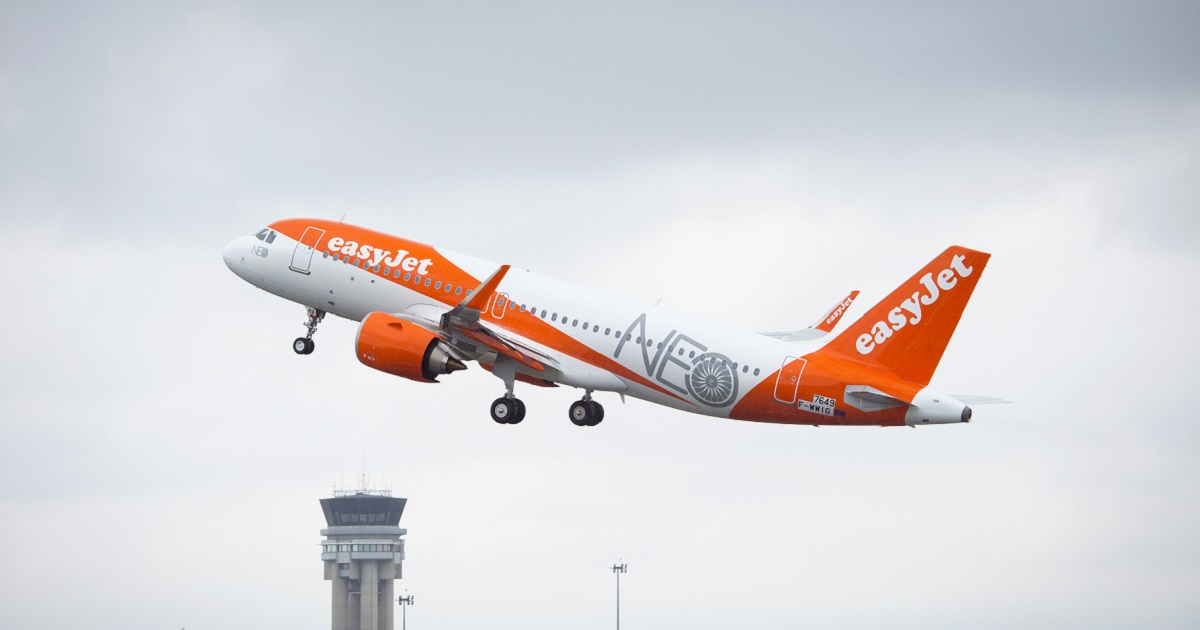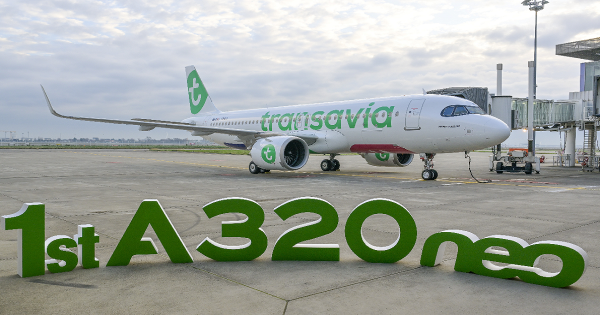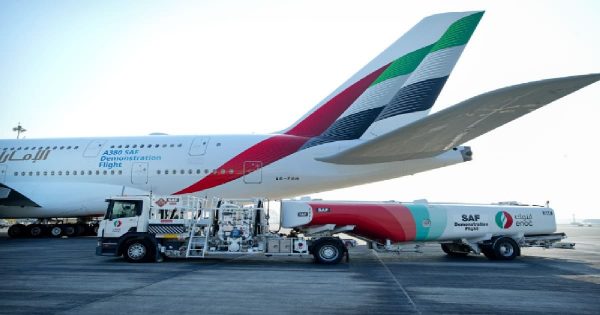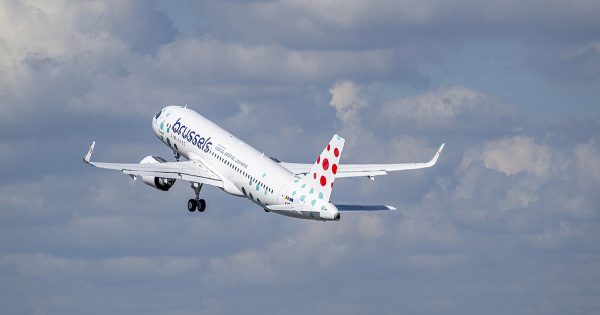Many airlines have schemes where passengers can pay to carbon offset their flight.
What that basically means is the airline hands that cash to someone to plant a few trees somewhere. This ‘offsets’ the damage done by the aircraft emissions.
easyJet has announced its plans to go way beyond that.
The airline is putting the focus on cutting emissions – instead of offsetting – and using more technology to help it do that.
The big plan is to get to net-zero emissions by 2050 and ultimately to zero carbon emissions.
The key components in the plan are :
- Zero carbon emission
- Carbon removal technology
- Fleet renewal
- Operational efficiencies
- Sustainable Aviation Fuel (SAF)
- Airspace modernisation
easyJet will stop paying for carbon offsetting at the end of 2022 and will ask passengers to voluntarily pay.
Zero carbon emission
easyJet’s ultimate ambition is to achieve zero carbon emission flying, with hydrogen showing the most potential for a short-haul airline like easyJet to fully decarbonise.
The airline would be able to reduce its carbon emissions per passenger, per kilometre by 78% by 2050 (vs 2019), with residual emissions addressed by carbon removal technology – to physically remove carbon from the atmosphere – taking the airline to net-zero.
easyJet has a partnership with Rolls-Royce to develop hydrogen combustion engine technology capable, among others, of powering easyJet-size, narrowbody aircraft.
Carbon removal technology
easyJet has signed a Letter of Intent with Airbus to support the development of carbon removal technology, which captures carbon dioxide directly from the atmosphere and then stores it securely and permanently underground.
Fleet renewal
easyJet has 168 new aircraft coming from Airbus and all will be NEO aircraft, joining the 59 NEO aircraft already in the fleet.
These aircraft are at least 15% more fuel efficient than the aircraft they replace and provide a 50% noise footprint reduction.
Operational efficiencies
easyJet is investing in software from Airbus fleet-wide which will help the airline to achieve substantial carbon emission reductions by optimising aircraft descents.
There are two major pieces of software:
- Descent Profile Optimisation (DPO) – a fuel-saving enhancement
- Continuous Descent Approach (CDA) – to reduce noise impact on the ground
These will be added to all operating easyJet aircraft – about 300 of them – by the end of 2023.
Sustainable Aviation Fuel (SAF)
easyJet will use SAF as an interim measure until its fleet has been transitioned to zero carbon emission aircraft.
SAF gives a reduction of up to 80% in carbon emissions over the lifecycle of the fuel compared to traditional jet fuel it replaces.
Airspace modernisation
More direct flight paths lead to shorter flying times, which reduce fuel burn and resulting emissions.
Carbon offsetting will end
easyJet has been offsetting carbon emissions from the fuel used by its flights since late 2019 by paying for projects like deforestation or planting trees.
From 1 January 2023, it is stopping those payments and introducing a voluntary carbon offsetting option that passengers can pay for.
N.B. Image credit: Airbus







